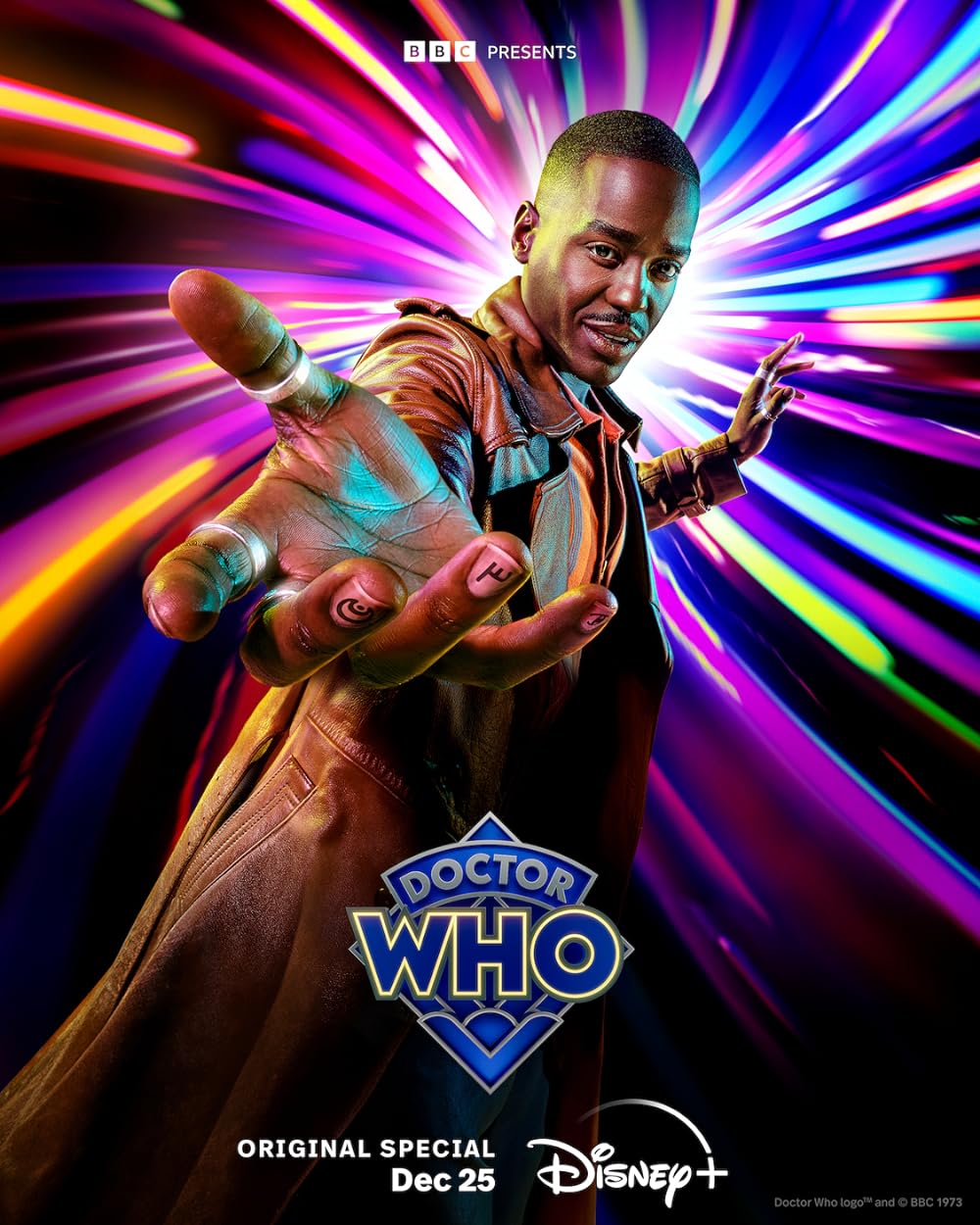Introduction:
“Doctor Who,” the iconic British science fiction series, has etched its name in the annals of television history. First premiering in 1963 and rebooted in 2005, the show has become a cultural phenomenon, captivating audiences with its imaginative storytelling, memorable characters, and the enduring legacy of the mysterious time-traveling Doctor. In this comprehensive exploration, we’ll embark on a journey through the TARDIS, examining the series’ evolution, thematic richness, beloved characters, and its lasting impact on the science fiction genre.
Regeneration and Rebirth:
1. The Classic Era:
The original “Doctor Who” series premiered in 1963 with William Hartnell portraying the First Doctor. Over the years, the Doctor underwent multiple regenerations, portrayed by actors such as Patrick Troughton, Jon Pertwee, Tom Baker, and others. The classic era introduced audiences to the TARDIS, the Daleks, and the expansive universe of Doctor Who.
2. The Hiatus and Revival:
After a hiatus in 1989, “Doctor Who” returned with a fresh take in 2005 under the stewardship of Russell T Davies. Christopher Eccleston stepped into the role of the Ninth Doctor, marking the beginning of a new era. The revival embraced modern storytelling while preserving the essence of the show’s legacy.
The Timeless Doctor:
1. The Regenerations:
The concept of regeneration, allowing the Doctor to transform into a new form, became a defining aspect of the series. Each actor brought a unique interpretation to the character, from Eccleston’s brooding intensity to David Tennant’s charismatic charm and Matt Smith’s eccentric energy.
2. The Thematic Depth:
“Doctor Who” explored a myriad of themes, including morality, identity, and the consequences of time travel. The Doctor, often referred to as a Time Lord, wrestled with the weight of centuries and the impact of their decisions on the universe.
3. The Companion Dynamics:
The companions who journeyed alongside the Doctor played a crucial role in shaping the narrative. From Rose Tyler (Billie Piper) to Clara Oswald (Jenna Coleman) and beyond, the companions added emotional depth and diverse perspectives to the Doctor’s adventures.
Iconic Villains and Aliens:
1. The Daleks:
The Daleks, robotic beings driven by a desire for universal domination, became synonymous with “Doctor Who.” Their catchphrase “Exterminate!” echoed through the decades, and their encounters with the Doctor became iconic moments in the series.
2. The Cybermen:
Another formidable adversary, the Cybermen, explored themes of humanity and technology. These cybernetic beings sought to convert organic life into machines, providing a chilling commentary on the intersection of humanity and artificial intelligence.
3. Weeping Angels and Silence:
The Weeping Angels, quantum-locked creatures that could only move when not observed, and the Silence, memory-altering beings, added new dimensions of fear and intrigue. These modern creations by Moffat brought fresh challenges for the Doctor and their companions.
Showrunners and Creative Vision:
1. Russell T Davies Era:
Russell T Davies revitalized “Doctor Who” with a contemporary and emotionally resonant approach. His tenure reintroduced the series to a new generation of viewers, emphasizing character development and weaving complex story arcs.
2. Steven Moffat Era:
Steven Moffat succeeded Davies, bringing a mind-bending and intricate storytelling style. Moffat’s tenure explored timey-wimey narratives, complex character arcs, and introduced the enigmatic Eleventh Doctor (Matt Smith) and Twelfth Doctor (Peter Capaldi).
3. Chris Chibnall Era:
Chris Chibnall took the reins in 2018, ushering in a new era with the Thirteenth Doctor (Jodie Whittaker). Chibnall’s focus on diverse storytelling and a fresh direction maintained the show’s relevance while honoring its rich legacy.
Impact on Popular Culture:
1. Global Fandom:
“Doctor Who” has cultivated a global fanbase known as Whovians. The series’ reach extends far beyond television, with conventions, merchandise, and a dedicated online presence fostering a vibrant community of fans.
2. Academic Interest:
The show has become a subject of academic study, with scholars analyzing its cultural impact, representation, and storytelling techniques. “Doctor Who” has transcended its status as a television program to become a significant cultural phenomenon.
3. Spin-Offs and Expanded Universe:
The success of “Doctor Who” led to the creation of spin-off series like “Torchwood” and “The Sarah Jane Adventures.” The expanded universe includes audio dramas, novels, and comic books, providing fans with a wealth of additional content.
The Changing Face of the Doctor:
1. Jodie Whittaker:
Jodie Whittaker made history as the first female Doctor, bringing a fresh perspective to the character. Her portrayal, marked by charisma and warmth, challenged traditional gender norms in the science fiction genre.
2. The Legacy of the Doctor:
The Doctor’s legacy extends beyond the screen, symbolizing the triumph of intellect and kindness over aggression. The character’s ability to regenerate and evolve mirrors the enduring nature of storytelling and the constant reinvention of “Doctor Who.”
Conclusion:
“Doctor Who” stands as a testament to the enduring power of storytelling, imagination, and the ability to reinvent a beloved franchise. From its humble beginnings in 1963 to its renaissance in 2005 and beyond, the series has captured the hearts and minds of viewers worldwide. As the TARDIS continues to traverse time and space, “Doctor Who” remains a symbol of the limitless possibilities of the human imagination and the timeless appeal of a madman with a box. In the vast expanse of the television landscape, “Doctor Who” remains a shining star, inviting audiences to embark on an eternal journey through the cosmos.
